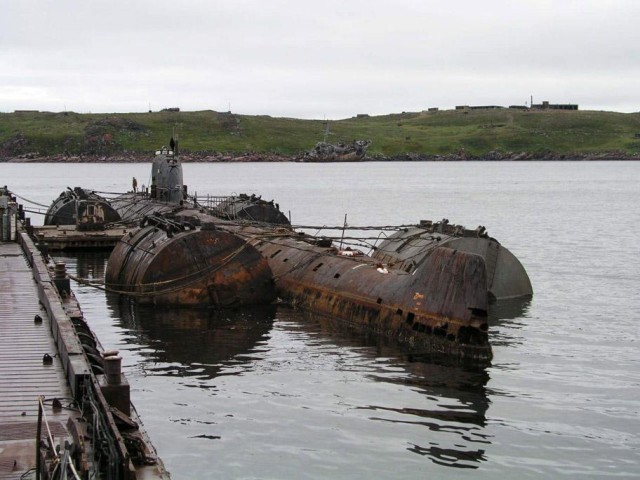
New Managing Director for Bellona Norway
The Board of the Bellona Foundation has appointed former Minister of Climate and the Environment Sveinung Rotevatn as Managing Director of Bellona No...
News
Publish date: June 11, 2000
News
Five years ago, the navy’s share constituted 15.6 per cent of the defence budget. Last year, it had fallen down to 13.9 per cent, while projections for 2000 are 11-12 per cent. It is half of what is required, Admiral Viktor Kravchenko, head of the Russian Navy General Headquarters, said.
After ratification of Start-2 arms reduction treaty, it was expected that the navy nuclear weapon carriers will get the bigger share than ground installations, but Russia has no money for their support and development.
According to Kravchenko, the new navy strategy relies mostly on missile strategic submarines. The Admiral believes, however, that the present financing raises doubts in the future development of these submarines. The Navy Headquarters consider 12 strategic nuclear submarines with ballistic nuclear missiles aboard necessary for the navy’s performance.
The navy claims that it operates 26 strategic nuclear submarines carrying 2,272 nuclear warheads on 440 ballistic missiles. They are five Typhoon class submarines, seven Delta-IV class submarines, and 13 Delta-III class submarines. Operation time of such submarines is 20-25 years. The last Delta-III class submarine left shipyard in 1981.
Navy officials claim that it is possible to extend operational time for Typhoons until 2005-2007. However, the lack of substitute for the SS-N-20 missiles armed with 10 warheads each excludes this possibility. The usage of multiple reentry vehicle missiles is prohibited by the Start-2 treaty, which was ratified by the State Duma, the lower house of the Russian parliament, last year. Moreover, in July 1999, the first Typhoon (K-202) was brought to Sevmash shipyard for decommissioning. The work is financed by the American Cooperative Threat Reduction Program (CTR).
At present, a new submarine of the fourth generation is under construction at Sevmash shipyard. The construction of the submarine was launched in October 1996, and it was scheduled to enter service in 2003-2004. Insufficient financing, however, and the unclear situation with the weapons systems to be installed on this submarine might postpone the commissioning date until 2010.

The Board of the Bellona Foundation has appointed former Minister of Climate and the Environment Sveinung Rotevatn as Managing Director of Bellona No...

Økokrim, Norway’s authority for investigating and prosecuting economic and environmental crime, has imposed a record fine on Equinor following a comp...

Our op-ed originally appeared in The Moscow Times. For more than three decades, Russia has been burdened with the remains of the Soviet ...

The United Nation’s COP30 global climate negotiations in Belém, Brazil ended this weekend with a watered-down resolution that failed to halt deforest...